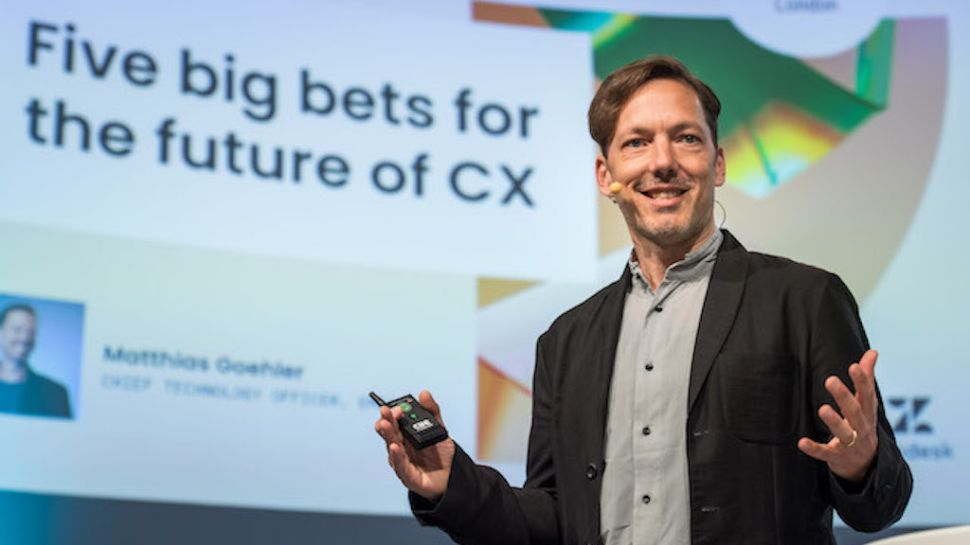Customer service hasn’t changed, but how we handle it has, Zendesk EMEA CTO says
AI is really changing how we handle customer service enquiries

At the recent Zendesk Relate 2025 conference, I spent some time with the company’s EMEA CTO, Matthias Goehler, to better understand AI’s effects on customer service and what it means for both customers and agents.
Discussing key areas like customer pain points, AI implementation challenges, regional differences and ethical considerations, Goehler started the discussion by asking me to take a step back and look at customer service from a different standpoint.
He noted that, for decades and even centuries, the core principles of customer service have never changed – ultimately, customers get in touch with a company to raise some sort of a problem in the hope that they’ll reach a resolution.
Spoiler alert: AI might not reshape the customer service experience entirely. Instead, he compared it to the introduction of telephone support and, later, the online self-service helpdesk. AI just adds another layer of interaction for customers, albeit with the promise of much more efficacy.
Regional changes in customer service expectations
Regionally, Goehler highlighted some variations that any company dealing with customers should be aware of. For example, WhatsApp’s dominance as a customer service channel in Latin America starkly contrasts with preferences for email and traditional calls in other regions.
This added complexity means that organizations now need to have their broadest presence ever, which can be costly and complex when not managed correctly.
He explained how the right platform, enhanced with artificial intelligence, can give customer service workers control over different channels from one ecosystem, making it easier for companies to handle multinational queries in a more cost-effective (and time-effective) manner.
Are you a pro? Subscribe to our newsletter
Sign up to the TechRadar Pro newsletter to get all the top news, opinion, features and guidance your business needs to succeed!
AI’s role in unifying customer service experiences
Settling regional differences is where a solid platform comes in (and naturally, Goehler suggests Zendesk). However, where agentic AI adds value is in the increasing volume of customer interactions.
Not only do businesses have to handle a broader spectrum of queries and channels, but internet-fuelled globalization has also given them access to even more customers.
According to Goehler, Zendesk now achieves around 80% automation for customer interactions, significantly streamlining simple and repetitive tasks. Ultimately, this has led to the need for fewer customer service handlers per customer, however Goehler didn’t seem particularly concerned about the demise of human workers.

Instead, he agreed that roles would instead change, with many in this sector evolving into more supervisory jobs.
Like his colleague, Chief Legal Officer Shana Simmons, he highlighted that automation should be seen optimistically as an enabler of new job creation, mirroring historical transitions like the industrial revolution and technological advancements in agriculture and manufacturing.
Concluding his optimism on artificial intelligence, he added that plenty of jobs don’t need to exist, yet they still do. “Who needs YouTube influencers?” he asked in an effort to convince me that human creativity will always mean that there will be jobs where we want them – not where we need them.
It’s clear, then, that how we go about doing our jobs could change tenfold, but we will forever remain in control of our livelihoods.
You might also like
With several years’ experience freelancing in tech and automotive circles, Craig’s specific interests lie in technology that is designed to better our lives, including AI and ML, productivity aids, and smart fitness. He is also passionate about cars and the decarbonisation of personal transportation. As an avid bargain-hunter, you can be sure that any deal Craig finds is top value!
You must confirm your public display name before commenting
Please logout and then login again, you will then be prompted to enter your display name.
